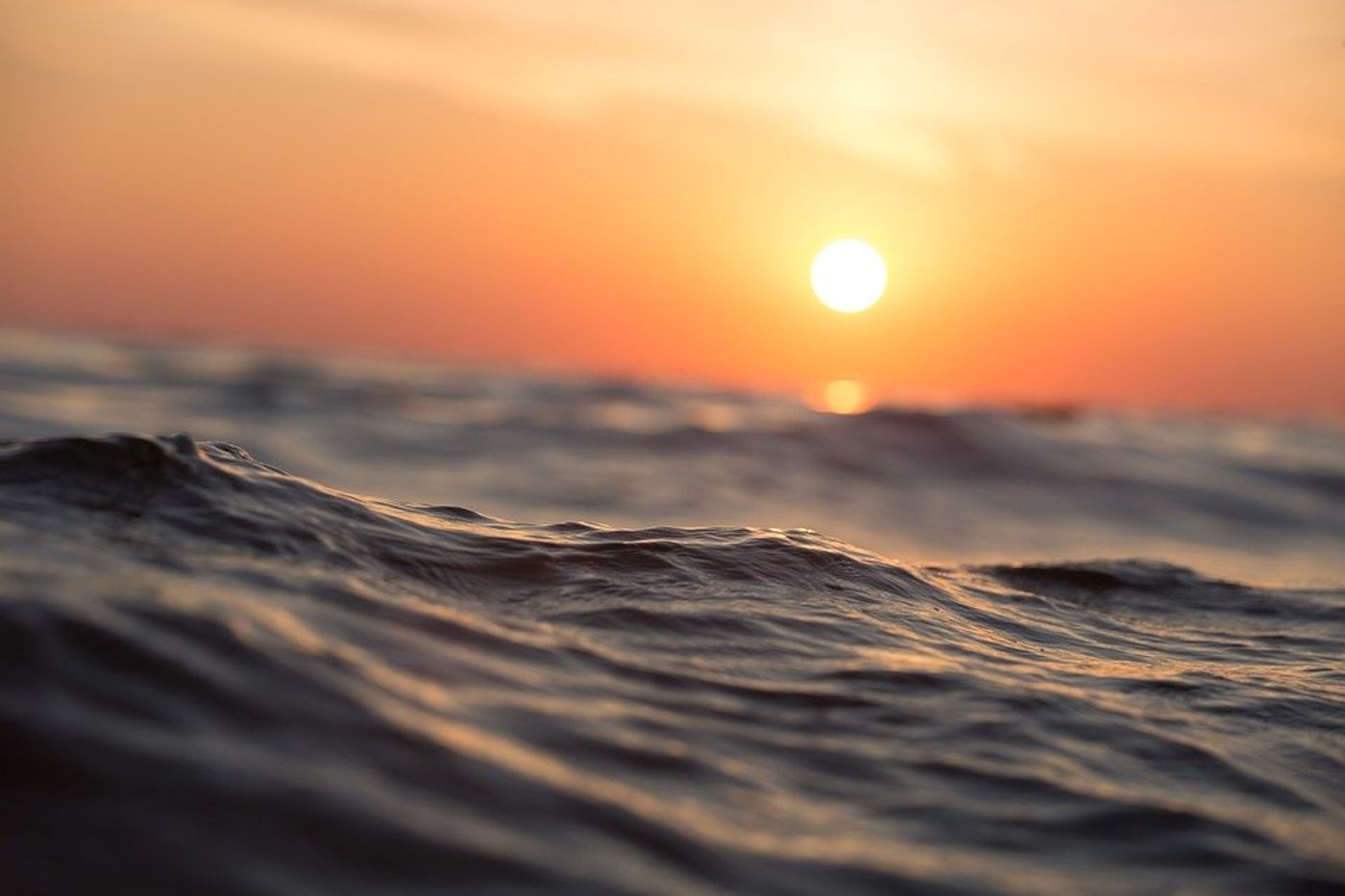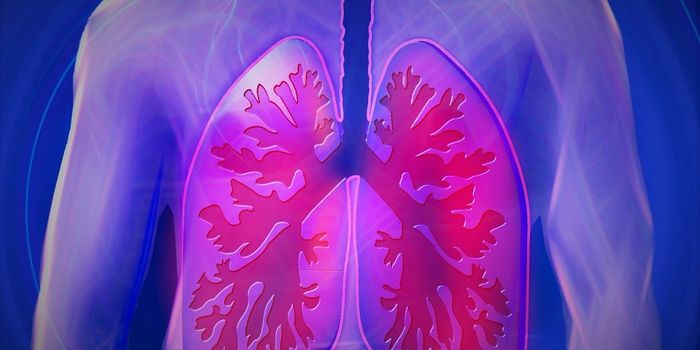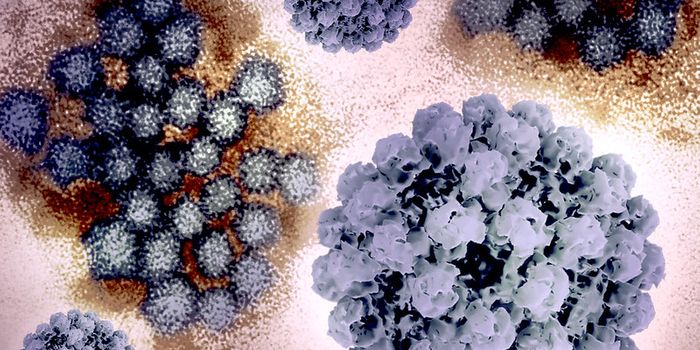Harmful Algal Blooms
Algae is an essential plant-like organism. They contribute to the diet of some marine animals and supply necessary oxygen to bodies of water. Algae populations, though, can quickly grow over-populating areas where warm water and plentiful nutrients are present. When this happens, algae form foam, or scum-like masses called blooms. These blooms can be pushed to shore by wind, tides, waves, or currents. Sometimes these blooms then cause ecosystems, animals, and people to become sick.
Some types of algae are more dangerous than others with red tides causing respiratory irritation and blue-green algae being known for poisoning pets and livestock.
This is because some blooms release toxins. In areas where blooms regularly occur, like Florida, these overgrowths infiltrate saltwater, freshwater, and brackish water environments.
These blooms are temporary, lasting up to five months, sometimes longer. Generally, the blooms occur in late summer or early fall. As these overgrowths decay, they can release a foul odor. This odor is hydrogen sulfide, a gas released by the blooms decomposition. Though unpleasant, the gaseous smell is not dangerous, but it may cause some respiratory irritation.
That said, the toxins released by blooms are dangerous. Not only can they kill fish and make pets sick, but they can also cause symptoms in humans. The symptoms include breathing problems and irritation to the eyes, nose, and throat. People may also experience rashes, cramps, diarrhea, and vomiting, depending on the type of algae to which they have been exposed. These effects are generally worse for people with health issues like asthma, bronchitis, emphysema, or chronic diseases of the lungs. People with these conditions should take extra caution to avoid areas experiencing algae blooms.
Most often, people can self-diagnose the cause of their respiratory irritation. This is not always the case if people, particularly travelers, are unaware that there may be a bloom occurring in the area.
In the case that irritation does occur from exposure, the best thing to do is to leave the area. Most people report symptoms quickly fading after removing themselves from coastal environments known to be experiencing an algae bloom. For those who accidentally swim in affected waters, quickly rising in clean water and leaving the area is recommended.
The above video, from SciTech Now, goes into detail about how algae blooms occur and how communities deal with these respiratory irritants.
Sources: NOAA, SciTech Now, Centers for Disease Control










